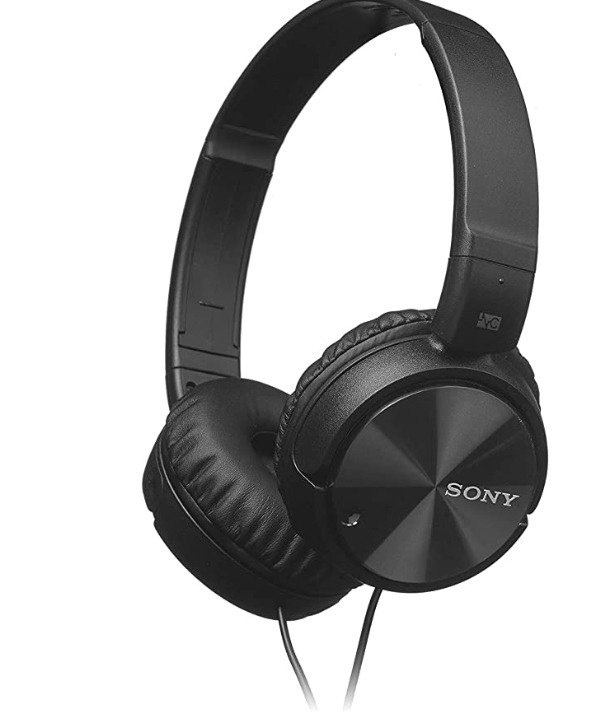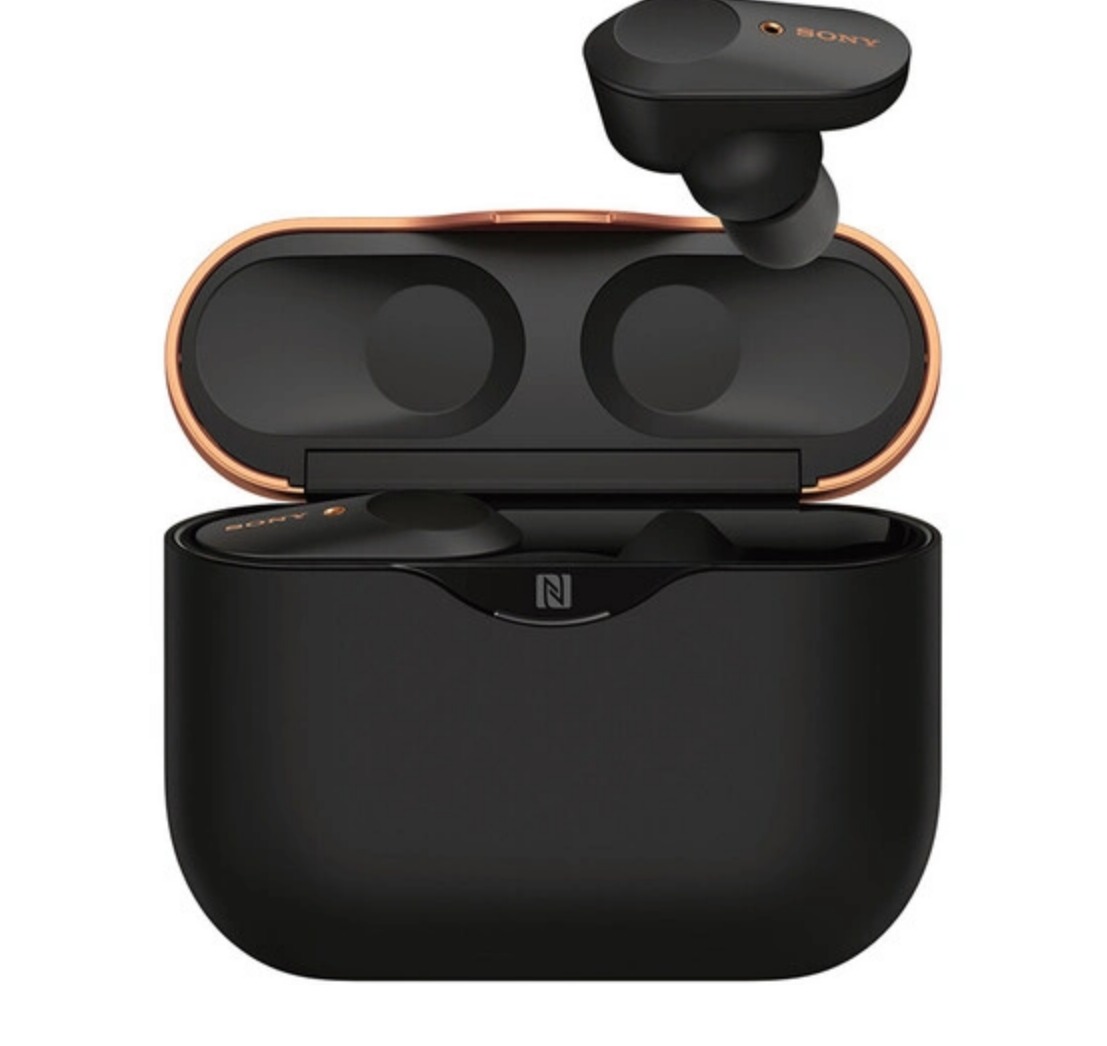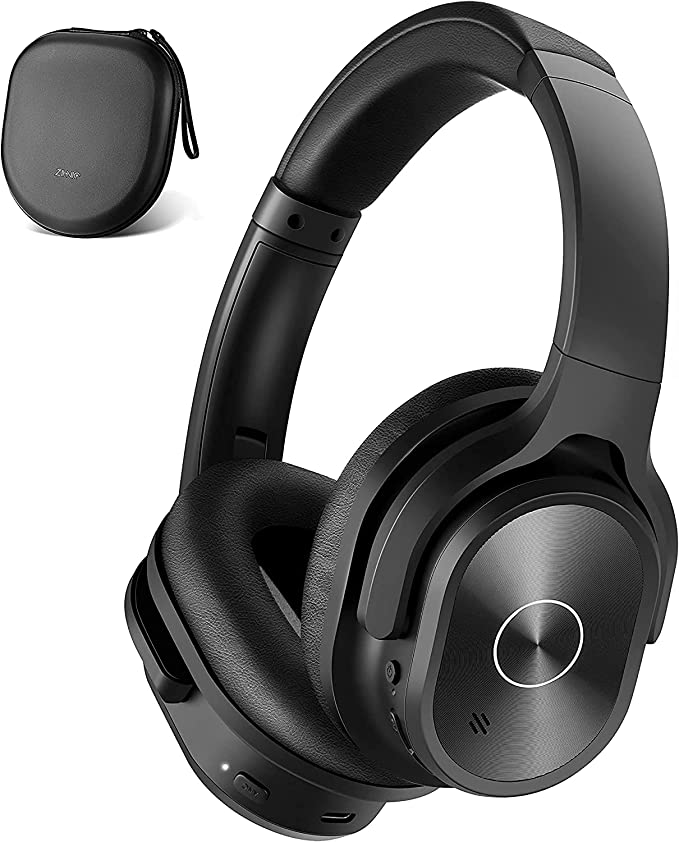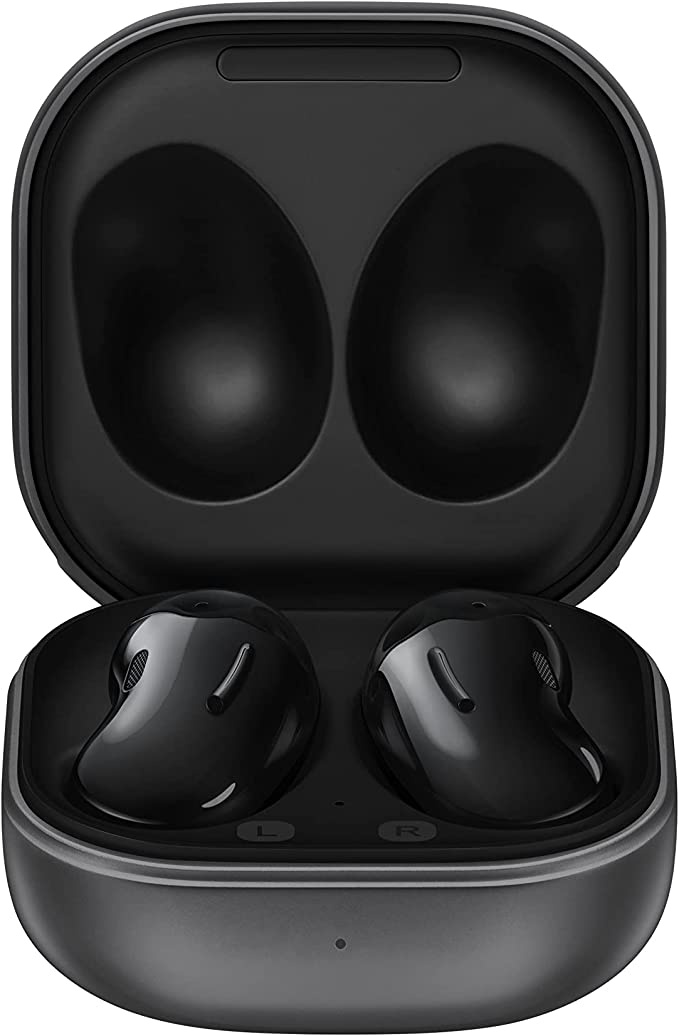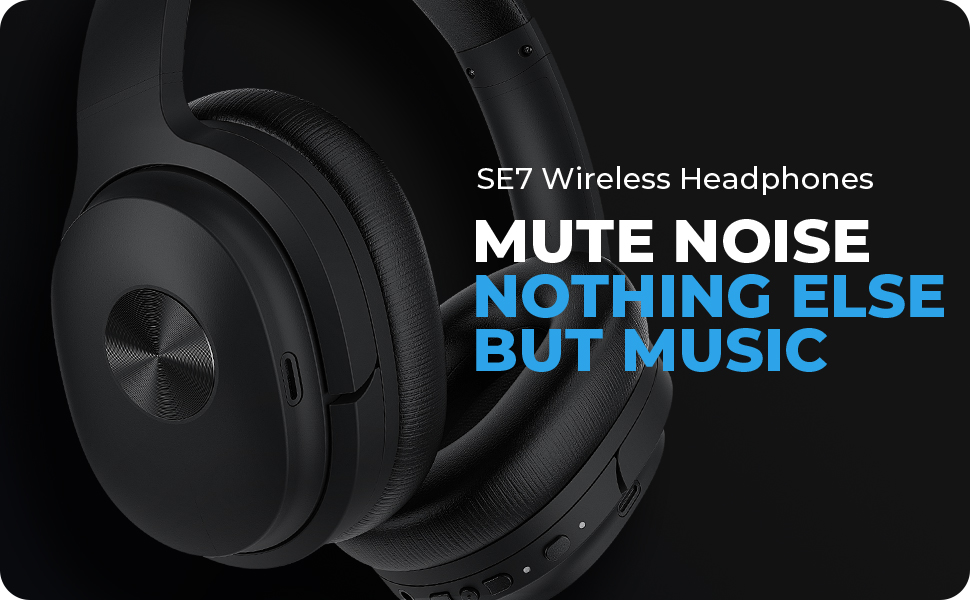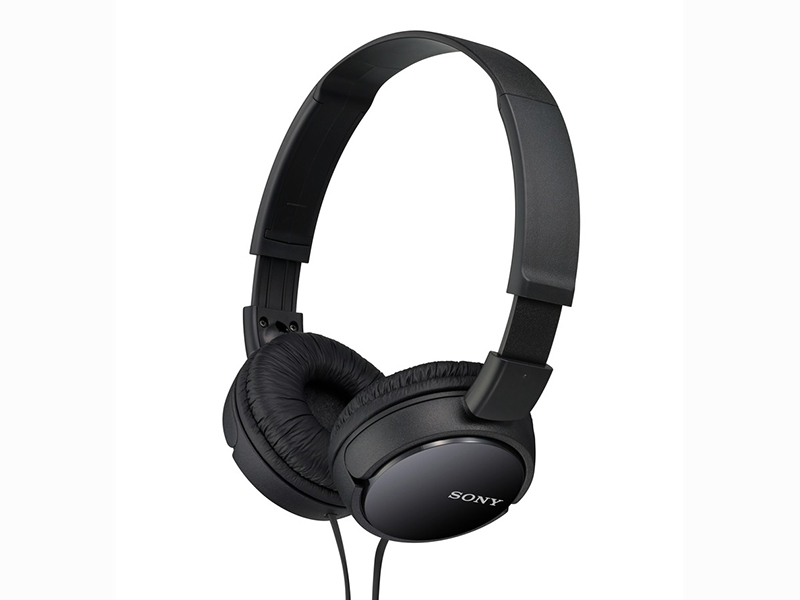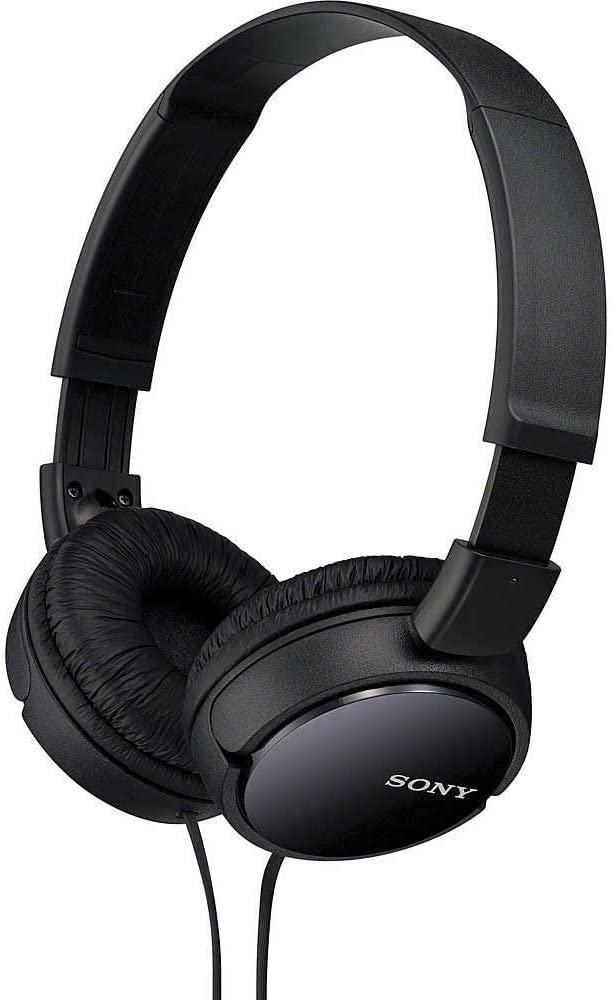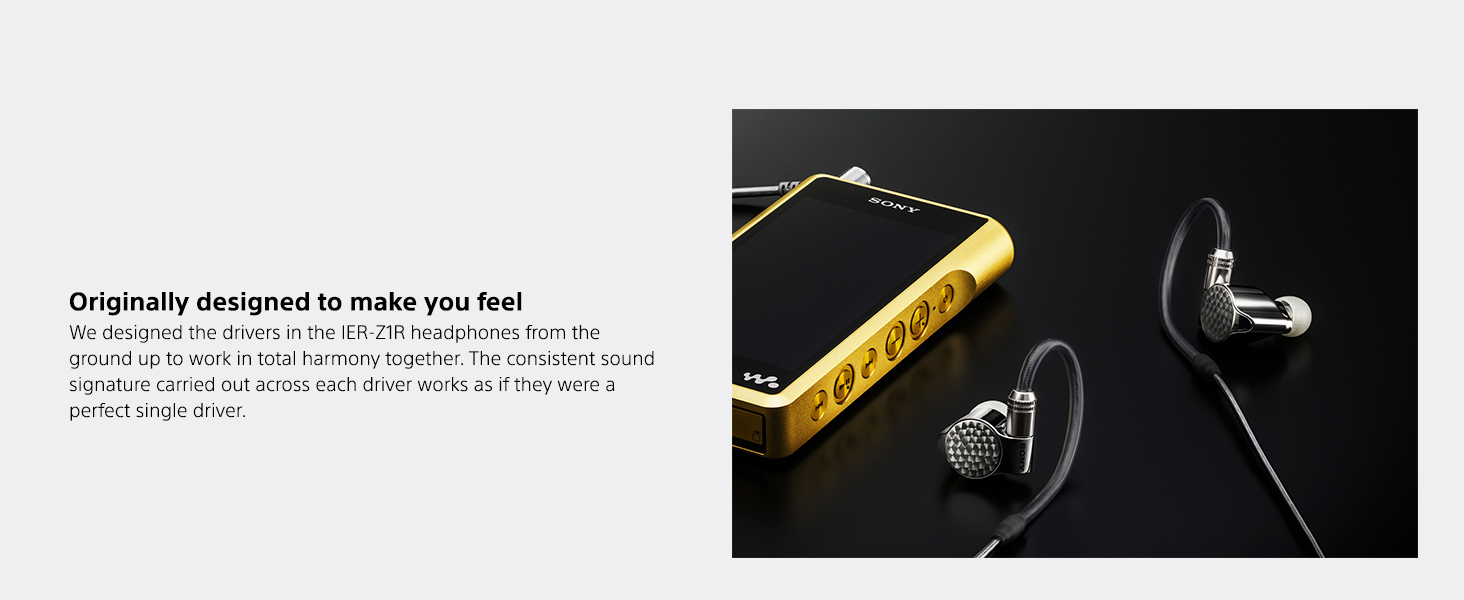Sony WH-1000XM5 Wireless Noise Canceling Headphones: The Science of Sound, Silence, and Clarity
Update on April 25, 2025, 4:37 p.m.
Our world hums, buzzes, and roars. From the insistent thrum of city traffic and the drone of airplane cabins to the cacophony of open-plan offices, unwanted sound – noise – is an ever-present backdrop to modern life. In this relentless soundscape, we crave moments of quiet focus, immersive musical escapes, and the simple ability to connect through clear conversation. It’s a deeply human need: to control our own auditory environment. Technology, in its relentless march, has sought to answer this call, leading to sophisticated personal audio devices designed to sculpt our sonic reality. Among the pinnacles of this endeavor stands the Sony WH-1000XM5 wireless noise-canceling headphones, a device that serves as a fascinating window into the intricate dance between physics, advanced engineering, and the human ear. Let’s delve deeper than the surface features and explore the science that makes such control possible.

Mastering Silence: Unraveling the Magic of Active Noise Cancellation
The signature promise of headphones like the WH-1000XM5 is their ability to conjure silence from chaos. This seemingly magical feat rests on a bedrock principle of physics: destructive interference. Imagine sound traveling as waves, much like ripples on a pond. Noise is simply composed of sound waves we don’t want to hear. Active Noise Cancellation (ANC) technology works by creating its own sound waves – meticulously crafted ‘anti-noise’ waves that are precisely the mirror image, or 180 degrees out of phase, with the incoming noise waves. When the crest of an unwanted noise wave meets the trough of the generated anti-noise wave at your eardrum, they cancel each other out, resulting in a significant reduction in perceived sound. Simple in concept, fiendishly complex in execution.
Creating this perfect anti-noise requires an incredibly sophisticated system capable of listening, analyzing, and reacting in fractions of a millisecond. According to Sony’s specifications, the WH-1000XM5 employs an orchestra of eight microphones. While the exact configuration is proprietary, it’s likely these microphones serve multiple critical roles. Some are positioned externally (feedforward mics) to capture ambient noise before it reaches your ear. Others are placed inside the earcups (feedback mics) to monitor the sound that actually reaches your ear, including any residual noise and the anti-noise signal itself. This allows the system to continuously refine its output. It’s plausible additional microphones contribute to optimizing the process based on environmental factors. Why so many? More microphones provide a more accurate and spatially aware ‘picture’ of the complex, multi-directional noise field surrounding you, enabling more precise cancellation, especially across a wider range of frequencies.
This flood of microphone data is then channeled into what Sony describes as two powerful processors: the acclaimed HD Noise Canceling Processor QN1 and the newer Integrated Processor V1. Why two ‘brains’? Handling the sheer computational load of real-time ANC is demanding. Analyzing input from eight microphones, calculating the precise anti-noise waveform for a broad spectrum of frequencies, and generating that signal instantly requires immense processing power. Using dedicated processors likely allows for parallel processing – perhaps one focusing purely on the core noise cancellation algorithms while the other handles ANC optimization, Bluetooth communication, and other audio processing tasks simultaneously, ensuring smooth, effective performance without compromise.
Adding another layer of sophistication is the Auto NC Optimizer, which Sony states automatically fine-tunes the noise cancellation based on factors like how snugly the headphones fit (affected by hairstyle, glasses, or head shape) and even ambient atmospheric pressure (which can subtly affect microphone performance and sound transmission, particularly at altitude). This is where the magic of Digital Signal Processing (DSP) truly shines. Complex algorithms constantly analyze inputs and adjust the anti-noise signal, adapting the cancellation profile on the fly to maintain optimal performance in dynamic, real-world conditions. It’s a far cry from the early days of ANC, a concept famously sparked by Dr. Amar Bose on a noisy flight in the late 1970s, which faced significant hurdles in achieving broad-frequency effectiveness and real-time adaptation.

Your Voice, Amplified: The Art and Science of Beamforming Clarity
Creating silence is only half the battle in our connected world. The ability to communicate clearly, even amidst surrounding noise, is equally crucial. We’ve all experienced the frustration of trying to hold a phone conversation on a busy street or in a crowded cafe, straining to be heard over the din. Here, the WH-1000XM5 deploys a different kind of acoustic weaponry: microphone beamforming. Sony specifies the use of four beamforming microphones working in concert with “advanced audio signal processing.”
Think of beamforming as creating an ‘acoustic spotlight’ focused directly on your mouth. Instead of a single microphone picking up sound from all directions equally, a beamforming array uses multiple microphones spaced a small distance apart. Because your voice reaches each microphone at slightly different times and phases depending on its direction, the system’s processor can analyze these minute differences. By applying sophisticated algorithms (often involving principles like ‘delay-and-sum’), it can electronically amplify sounds coming from the direction of your voice while simultaneously suppressing sounds arriving from other angles – the background noise. It’s a clever application of array signal processing that effectively ‘steers’ the listening focus of the microphones without physically moving them.
These four beamforming microphones, according to Sony, are coupled with Precise Voice Pickup Technology and advanced audio signal processing. This likely involves further DSP algorithms designed to enhance the captured voice signal, filtering out any remaining non-vocal noise and potentially even shaping the vocal frequencies for maximum intelligibility. The result? Your voice should cut through the background clutter much more effectively, allowing the person on the other end of the call to hear you clearly, transforming noisy environments from communication barriers into manageable backdrops. Imagine taking an important work call from a bustling airport terminal or chatting with a loved one while walking down a windy street – this technology aims to make those scenarios significantly less stressful.

Crafting the Soundscape: Fidelity, Comfort, and the Listener’s Ear
While silence and clear calls are primary functions, the ultimate goal of premium headphones is often the faithful and enjoyable reproduction of sound itself. Sony indicates that the Integrated Processor V1 plays a dual role, contributing not only to noise cancellation but also to the overall sound quality. This suggests a high-performance chip capable of handling complex audio decoding and processing tasks demanded by high-fidelity listening.
The support for Hi-Res Audio (as specified by Sony) signals an engineering focus on capturing and reproducing a wider spectrum of sound frequencies and greater dynamic range than standard CD-quality audio. While the audible benefits depend on the source material and individual hearing, it reflects a design intention to handle more detailed and nuanced audio information.
Furthermore, for listeners frequently streaming music or using compressed audio files, Sony includes DSEE Extreme (Digital Sound Enhancement Engine). This technology employs AI-driven DSP to upscale compressed audio formats in real-time. The goal is to intelligently analyze the remaining audio data and attempt to restore some of the high-frequency detail and subtle nuances that are often lost during compression algorithms (like MP3 or AAC). While it can’t magically recreate information that’s truly gone, DSEE Extreme aims to provide a richer, more complete listening experience from standard digital sources by making educated estimations based on vast datasets of musical information.
However, the electronic components tell only part of the story. The physical design and materials play a crucial, often underestimated, role in both comfort and sound quality. The specified lightweight design (approximately 8.8 ounces / 250 grams) is paramount for long listening sessions, reducing strain on the head and neck. Sony also highlights the use of a “newly developed soft fit leather” on the earpads and headband. This choice impacts more than just tactile feel. A soft, pliable material helps create a better acoustic seal around the ears. This seal is critical for two reasons: first, it provides significant passive noise isolation, blocking out a good amount of external sound (especially higher frequencies) before the ANC even needs to intervene. Second, a consistent seal ensures that the sound produced by the headphone drivers is delivered accurately to the eardrum, without leaks that can degrade bass response and overall fidelity. The attention to detail extends to elements like the “stepless slider” and “silent joints,” minimizing mechanical noise and allowing for a precise, comfortable fit – blending the science of ergonomics with acoustics.

Seamless Transitions: Connectivity and Endurance in a Multi-Device World
Our digital lives rarely revolve around a single device. We switch constantly between laptops for work, smartphones for communication, and tablets for entertainment. Recognizing this reality, the WH-1000XM5 incorporates Bluetooth Multipoint connectivity, as listed in its features. This allows the headphones to be actively paired with two Bluetooth devices simultaneously. Imagine listening to music or participating in a video call on your laptop when your smartphone rings. With Multipoint, the headphones can automatically pause the laptop audio and switch to the phone call. Once the call ends, it can seamlessly resume the audio from the laptop. This eliminates the tedious process of manually disconnecting and reconnecting, smoothing out the transitions in our multi-device workflows – a small convenience with a significant impact on daily usability, enabled by specific capabilities within the Bluetooth standard.
Powering this complex array of microphones, processors, and wireless radios demands significant energy, yet lengthy battery life is a key user expectation. Sony specifies up to 30 hours of playback time on a single charge with noise cancellation enabled. Achieving this figure requires meticulous engineering focused on power efficiency across all components, from the Bluetooth chipset to the processors and amplifiers. For moments when time is short, the quick charging feature is a lifesaver. According to the specs, just a 3-minute charge using a compatible USB-PD (Power Delivery) adapter (sold separately) can provide approximately 3 hours of listening time, ensuring that even a brief plug-in can get you through a commute or a long meeting.
Finally, the interaction with the technology itself is refined through features like the intuitive touch controls located on the earcup, allowing users to manage playback, volume, and calls with simple swipes and taps. Smart features like Speak-to-Chat, which automatically pauses music and activates ambient sound mode when the headphones detect the user speaking, further reduce the friction of interacting with the outside world without constantly removing the headphones. These are examples of human-computer interaction design aimed at making powerful technology feel effortless to use.

Coda: The Ongoing Overture of Personal Audio
The Sony WH-1000XM5, viewed through the lens of its manufacturer-described technology, stands as a testament to the remarkable synergy between diverse scientific and engineering disciplines. It showcases how fundamental principles of physics (wave interference), sophisticated electronics (multiple microphones, powerful dual processors, advanced DSP algorithms), material science (lightweight structures, acoustic sealing materials), and thoughtful user-centric design (Multipoint, touch controls, comfort engineering) converge to create a device that offers profound control over our personal soundscape.
While the quest for perfect silence, flawless communication, and utterly transparent audio reproduction continues, devices like this represent significant milestones. They demonstrate how technology, when applied with deep understanding and ingenuity, can address fundamental human desires – for focus, connection, immersion, and ultimately, a greater sense of control in our complex, noisy world. The evolution of personal audio is far from over, promising even more intelligent, adaptive, and seamlessly integrated ways to shape our interaction with the sounds around us.
